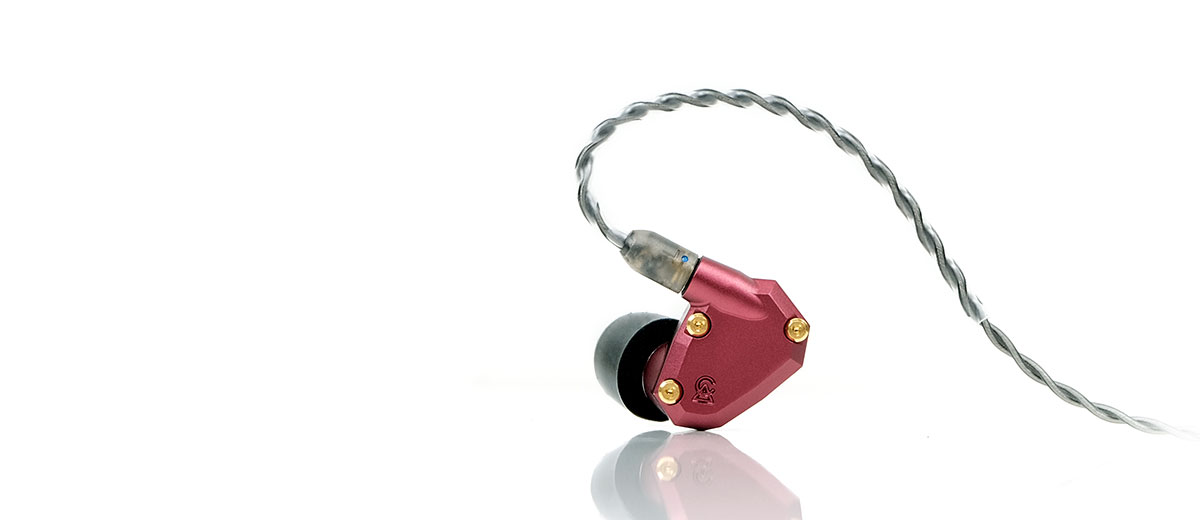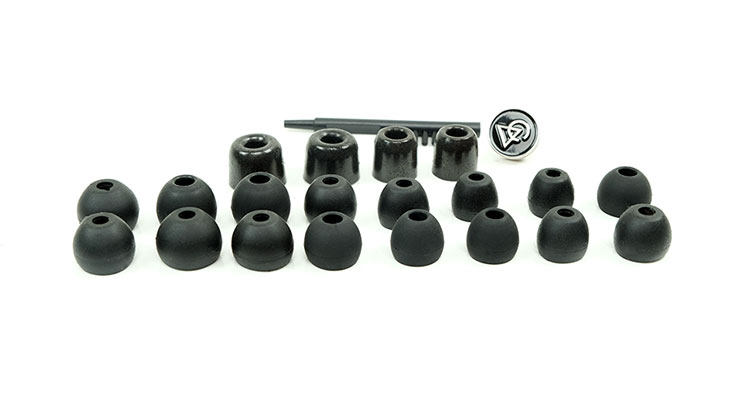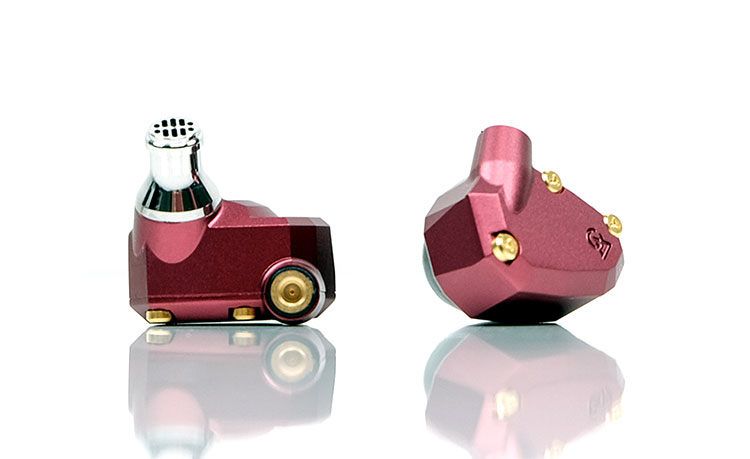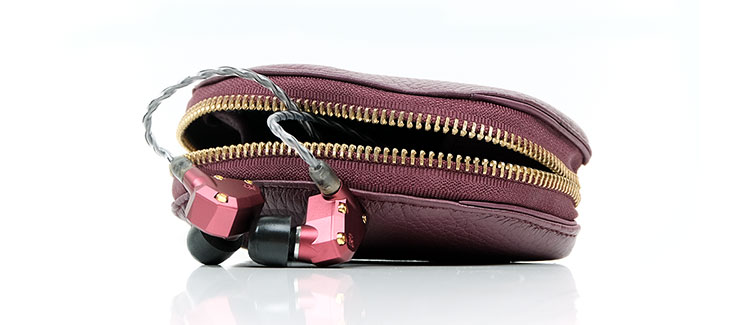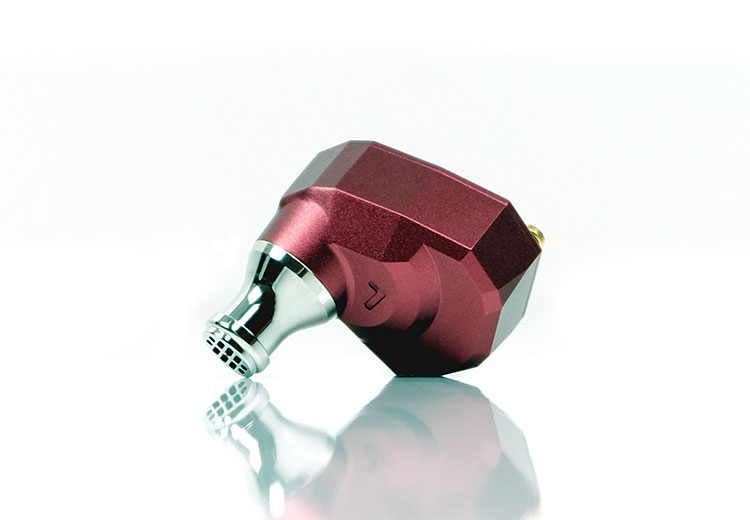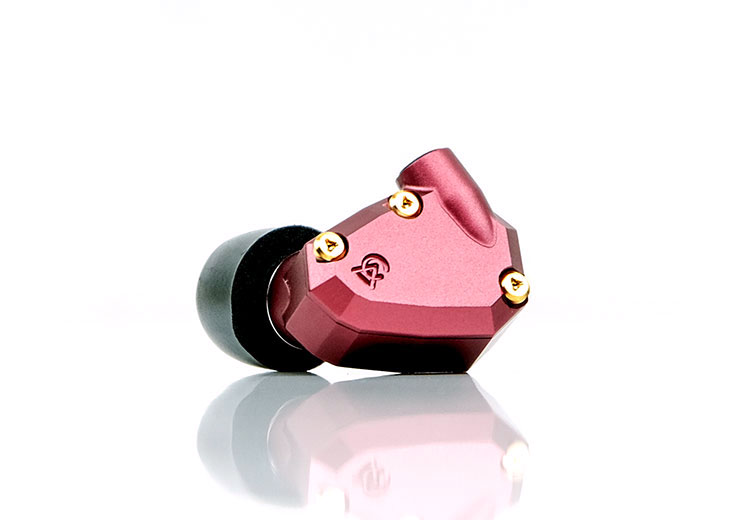Disclaimer: The Campfire Audio IO sent to us is a sample in exchange for our honest opinion. We thank the team at Campfire Audio for giving us this opportunity.
To read more about Campfire Audio products we reviewed on Headfonics click here.
This is the first of a two-part First Contact series involving Campfire Audio products. Tomorrow’s bonus feature is on the Polaris II and it promises to be a good one.
The IO, however, is a completely new monitor with unique tuning and not a next-gen Orion or Nova. It retails for a reasonable $299 and takes a position just above the single BA driver $199 Comet but. This is an IEM that received a “Bang For Buck” award in 2018. The Orion and Nova are no longer available to buy so whilst not a regen, it does fill the obvious gap left behind by these two older models.
Tech Inside
The IO is a two-driver (balanced armature) universal monitor with a large vented sub-woofer type BA for the lows and mids and a smaller tweeter type for the highs. In a way that places it closer to the Nova than the Orion for a replacement when it comes down to pure driver counts. However, that doesn’t really tell the full story.
The first big change from those classic units is the further trickle down into the IO of Campfire Audio’s previous flagship technology, the T.E.A.C system, (Tuned Acoustic Expansion Chamber.) That means every universal balanced armature and hybrid driver monitor in their lineup now has this tubeless chamber technology for top-end performance.
The second is the refinement and changeups in the build quality and accessories included. The tweaks include a new anodized finish on the shell with gold-plated screws, a grab for the Comet and Atlas stainless steel nozzle as well as a flashy new carry case and a smoky jacket finish to the included SPC Litz cable.
Unboxing
Theme
Possibly a shallow statement but I am in love with this new Garnet color they have chosen for the IO. It permeates on the box, new carry case and the shells and makes a really nice picture. Old schoolers would likely call this a red wine type color but either way it has an immediate attraction.
The retail packaging has changed also. Gone are the little logistic budget friendly boxes from the previous range (not including the Solaris) and in comes something a bit more intricate and bigger. I dare say these new cases might be more expensive to procure or make. They do make for a nicer display box on the retail shelf though.
The mechanics of the unboxing is more like a little petal-type paper fold on the base of the box. This, in turn, allows you to peel off the outer box cover to reveal a flip-top lighter colored container adorned with the more traditional Campfire Audio branding.
Accessories
Flip the box lid and inside you have the accessories inside a similarly colored cardboard tube and the new carry case inside which you will find the IO and cable. As always with Campfire, the accessory line-up is just beautiful as well as plentiful.
The full lineup of accessories is as follows:
- Final e-tips (xs/s/m/l/xl)
- Foam Marshmallow tips S/M/L
- Silicone single-bore tips S/M/L
- 3 x cushioned pockets (for the monitors and foam tips) – (not sure we needed the additional bulky pockets for the tips, a plain plastic zip lock bag would be better and safer)
- Cleaning brush/pick
- New leather carry case
- SPC Litz cable
- Campfire Audio pin badge
Carry Case
The new case is similar in materials and finishing to the old case but has a very new form factor. This is more of a purse-type metropolitan design with slightly softer side support compared to the older more rigid square casing they used on all previous models. The inside is finished with the same cool charcoal furry lining from the older generation. The outer color is in keeping with the garnet theme right down to the zipper pennant which I just love.
My initial impression of its functionality is that it might not have quite the same space inside as the older carry cases. Might be something to do with the rounded finish and slightly less depth on the sides. However, it does seem to have a bit more of an expansive property to its leather so you can stuff plenty in there and zip it shut. Just watch out you do not catch the cable in the zipper as you close it.
Design
The form factor and type of finishing on the body is classic Campfire Audio with an anodized aluminum alloy shell and that slightly angular design. This is the 2nd gen design (1st was the original Lyra) see on the Orion, Nova, Polaris, Andromeda, and the Jupiter.
The Garnet colored finish, longer stainless-steel chrome finished nozzle and gold-plated triple screw on the front plate are new. There is so much pop to the color, something which I am a big fan of in audio design. Black can be nice but “samey’ at times and one thing CA love doing is messing around with color schemes. Outside of the Solaris, the IO color scheme is my favorite to date.
The 24k gold screws are also a nice upgrade on the original ‘plain jane’ screws from the Andromeda whereas the alloy tube is ‘stolen’ from the left of field designs of the Comet and Atlas. Now, this is fresh out of the box, so time will tell if the anodized finish will hold up the daily rigors of life or will start chipping away.
Cable & Connectors
As with all CA monitors, the IO is terminated with their excellent beryllium MMCX connectors. I have yet to break a set of these on any of my CA monitors to date and I roll cables ‘like a boss’ on them.
The cable has a dash of ‘design-new’ though and it is the same cable you will find also in the new Polaris 2 which we will be talking about in the next First Contact. The core wire is not new, however. This is their standard 4-core SPC Litz wire. Rather, the jacket and barrels have been given a much darker smoky tint which better meshes with the color scheme of the IO itself.
All the properties seem to be the same as before except the memory hooks which have no more memory wire and instead use a springy type build. It does feel a lot looser out of the box and much more manageable as a result.
This particular cable is 1.35m and terminated with a right angle 3.5mm TRS jack and those beryllium MMCX connectors on the other side. It is a quiet cable, no physical noise on the wire but it does retain a tiny bit of kinking here and there.
Comfort & Fit
The IO comes with the Comet/Atlas chrome finished stainless steel nozzle and it is a little longer than the previous nozzles used on the Orion and Nova. Right away I can tell you the comfort levels with the various tips are better and the seal is pretty good also. That additional length places more emphasis on the tip fit and places that angular body a bit further away from the ear so the edging does not create undue discomfort up against the outer ear.
You get tons of tips with the IO and it is something I will have to methodically work my way through in the main review process. For now, I am sticking to the Marshmallow foams out of the box as they seal the best and I tend to use them the most on the other CA monitors.
Initial Sound Impressions
I am convinced that a dual driver is perhaps one of the hardest tunings to get right in this industry. Noble has been playing around with multiple dual-driver models for years now and each one sounds so different from the next one.
Out of the box, the IO strikes a similar feeling that CA spent considerable time figuring out how to get away from the Comet, Orion, and Nova sound whilst pulling properly from the T.E.A.C technology and avoiding going into a typically V-shaped consumer signature. I do hear a treble sparkle and extension reminiscent of the Andromeda when I first heard it, whilst at the same time, I hear a fairly strong emphasis right on the 1-2k marker.
Bass has a good extension and pretty articulate but the weight is a touch light and does not inject a huge amount of body into instrumental notes. I would say the harmonic balance is neutral with just a slight hint of mid-bass warmth and plenty of upper order harmonic overtones rather than a euphonic heavy-going affair. This applies to both male and female vocals also. Definitely, a BA type tuning with an emphasis on speed and clarity rather than power and body.
Staging
One thing that is immediately noticeable out of the box is the staging capability of the IO. I like the airy extension on it which the CA T.E.A.C tech always does so well on. Depth is ok actually, better than you might think, just lacking a little bit of power.
Width is very good also with some nice imaging. Actually, the IO sounds pretty spacious to my ears using the Sony 1Z which I prefer a bit more than my usual reference Lotoo PAW Gold Touch. I think its the Sony’s meatier low-end that adds a bit more impact on the IO bass response that does it for me. I can tell already I am going to be trying to pair the IO with a warm meaty source if I can find one based on personal preferences.
Stay Tuned!
OK, so what I know so far out of the box? Love the color scheme, one of their nicest ones to date. The new packaging and design is cool but is the logistics budget a bit higher due to the bigger size? They have retained the funky vibe on the neat leather case with the same color scheme but it might take some getting used to in terms of how to fit everything in neatly. The cable is good, the new smoky jacket scheme fits in well with the Garnet tone of the IO.
The new IO looks really nice also. Ok, it is the classic CA monitor design but with a longer nozzle so the fit is easy on the ear and there are plenty of tips to choose from. Something we will go through in the main review.
The sound? Definitely, a unique sound with some aspects of that T.E.A.C top end sparkle impressing, a strong mids peak that can put a spin on things and a moderate but well extended and precise bass response. Not a terribly hard IEM to drive but already I am biasing to warm sources so stay tuned for the main review soon!
IO Specifications
- 5Hz–22kHz Frequency Response
- 109 dB SPL/mW Sensitivity @ 1k
- 26 Ohms @ 1kHz Impedance

